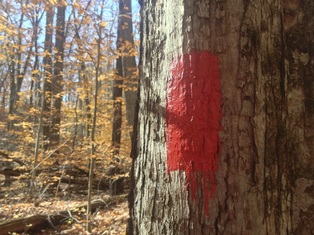 I need to be outside regularly and I don't feel like myself if I get cooped up for too long without looking at trees and smelling soil and preferably sweating a bit. I am guessing this is true for many people, but I still feel grateful that I know this fact about myself. I feel lucky that going for a walk almost always improves my outlook on a situation. In fact, my mom says that she dealt with me as people who own dogs and live in town deal with their antsy pets - they take them for walks. Walking me could vastly improve my sass and eye rolling and I was often sent on hikes with my dad. I also had pretty bad asthma as a child and was allergic to most things house related that come along with living on a floodplain. Mold and mildew left me gasping for air for a large portion of my childhood, but taking me out into the cold fresh air could sometimes help. Maybe that's why I am so attached to it. Maybe that is how I ended up with a PhD in Ecology and Evolutionary Biology; merely because I just feel better when exposed to light and dirt. At any rate, I am excited to have a new place to explore. Less than a mile from our new home is Ringwood Natural Area. I've been including the loop there on my runs and it has been teaching me so much already. I first found it a couple of weeks ago and it is crazy how quickly fall changes things. Ringwood was established in 1934 and has grown since. It is diverse in habitat types, including both oak hickory and maple-beech forest types. There is some old growth within the natural area. It is characterized by kame-morraine landscape, where glaciers shaped the landscape by melting and moving sediment as they migrated. This glacial tossing and turning created ponds and ephemeral pools, which are incredibly important to several salamander species. This American beech (Fagus grandifolia) is nestled in against a much larger maple and the brown wavy leaves now cover most of the trail and all of the reds and yellows from the maples. The American beech is the only member of the Fagus genus in the western hemisphere and only occurs in the east of the Great Plains in the United States. Prior to the Pleistocene Ice Age, they extended from the Atlantic to the Pacific. Colorful aspen and really colorful new running shoes. Snazzy colors from last week. Millipedes can roll up. That's one way to identify them. They can usually be found in leaf litter or upper layers of soil. Most species eat detritus and play an important role in breaking down leaf litter and plant matter into soil. A fun fact about diplopoda: males have modified legs called gonopods, which transfer sperm packets to females. Ground Piney is what we called this when we were growing up and we used to collect it as a Christmas decoration. In college, I learned that it is a club moss, one of the important groups of vascular plants. This species is called Diphasiastrum digitatum and is commonly called ground cedar. It can be found in disturbed areas or sometimes under pines.
Comments are closed.
|
Archives
July 2018
Categories
All
|
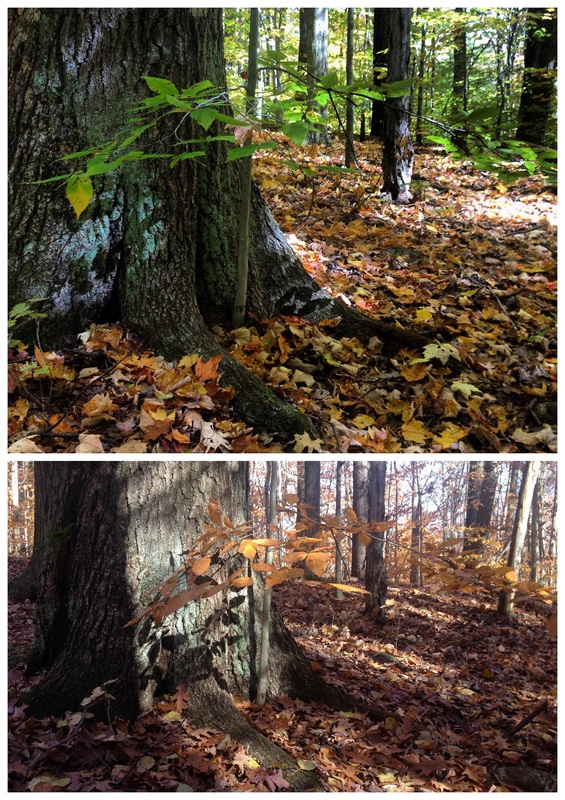
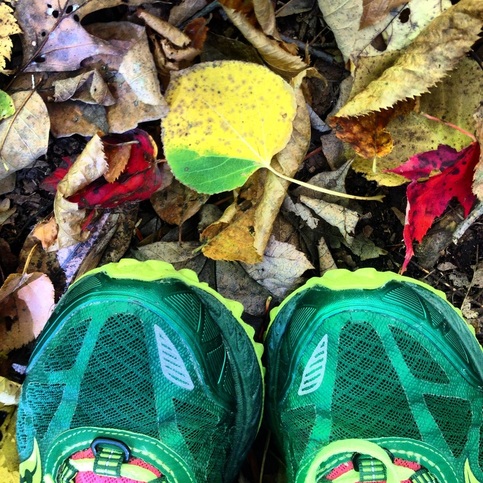
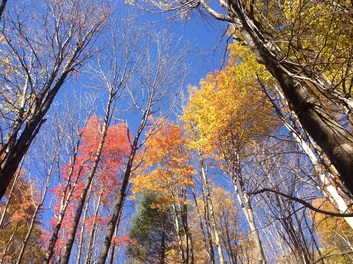
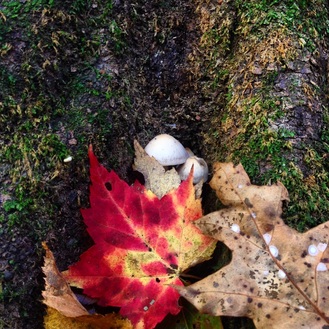
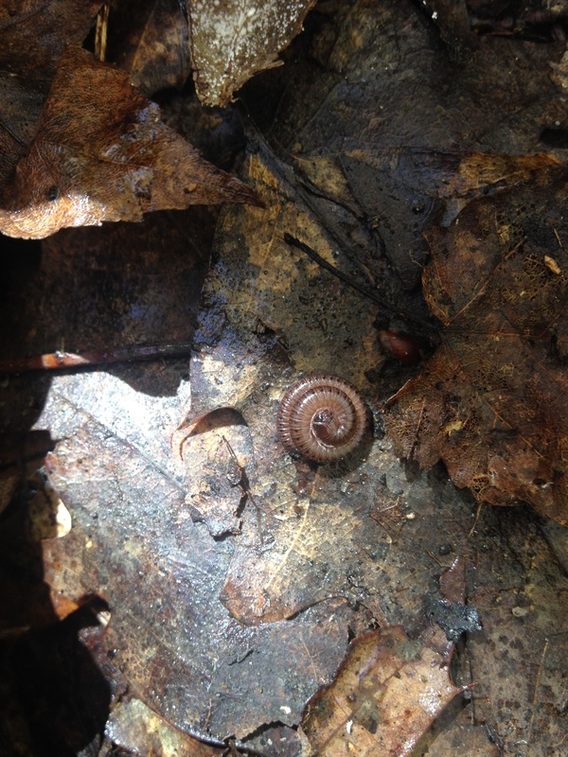
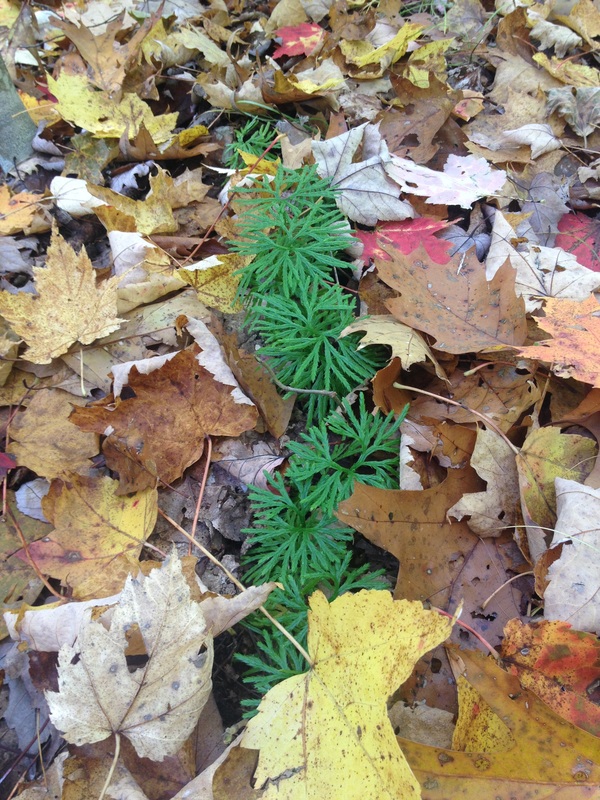
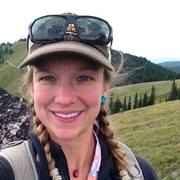
 RSS Feed
RSS Feed
